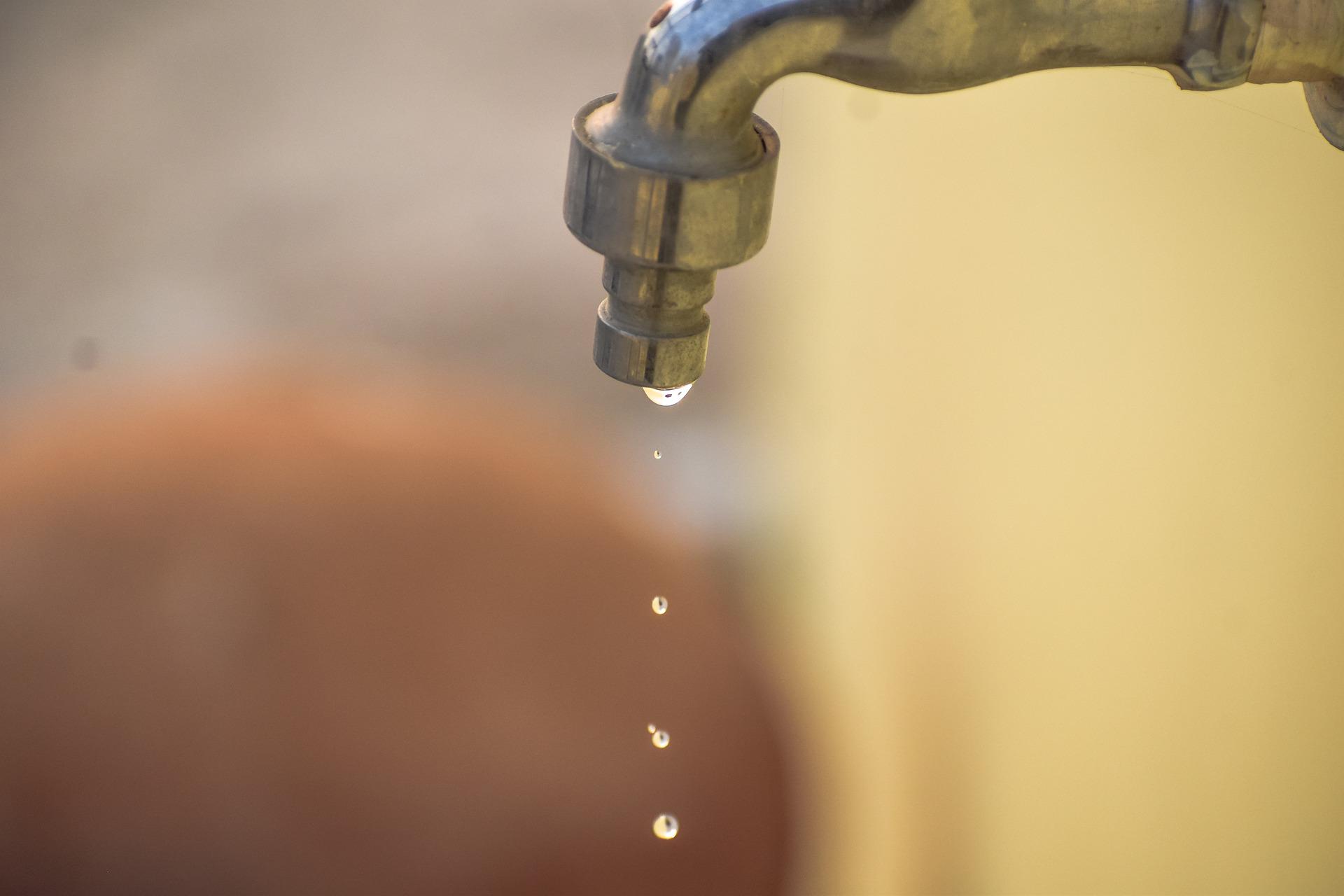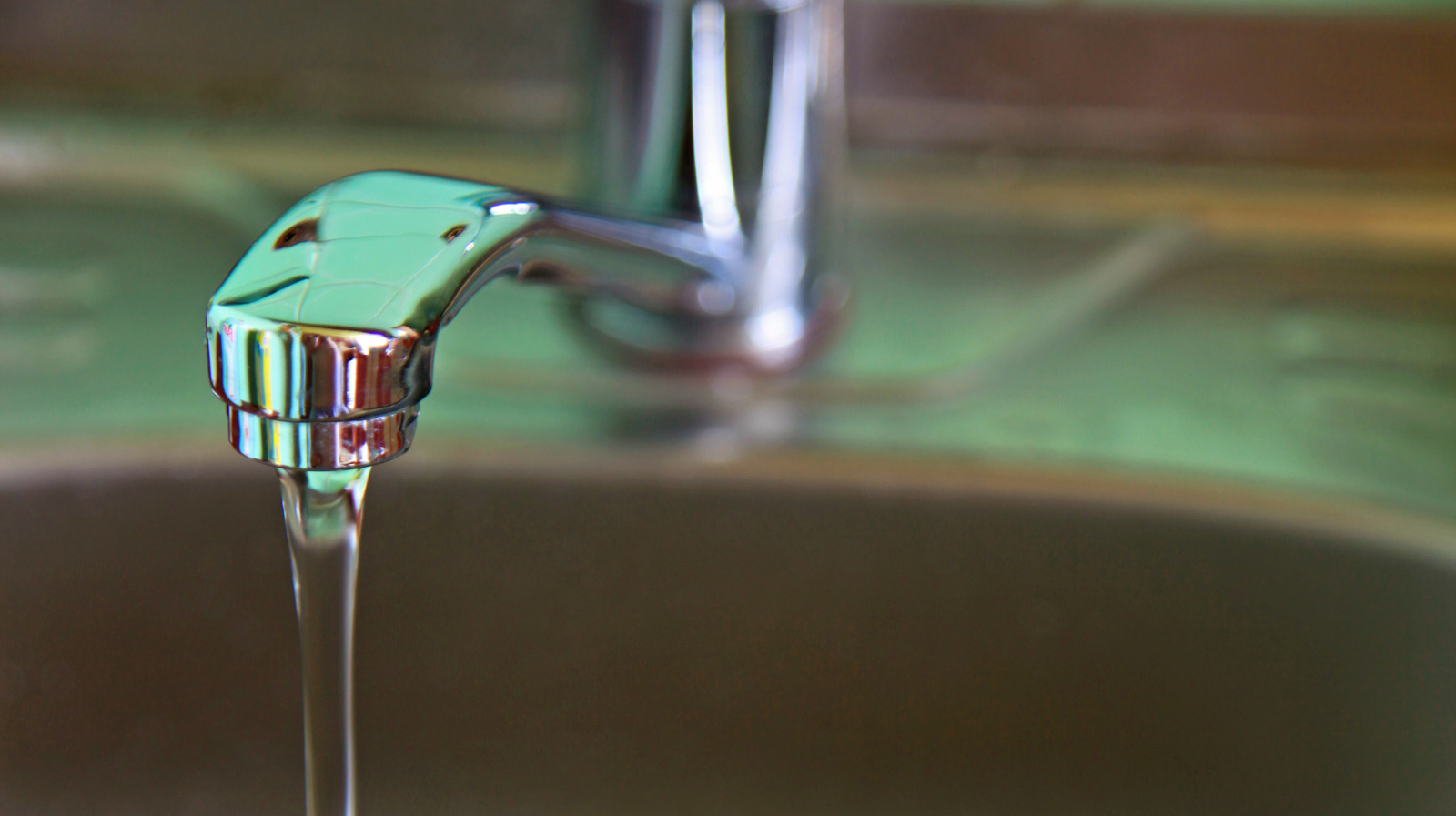Professional Tips for Fixing a Leaky Tap: Detailed Guide
Professional Tips for Fixing a Leaky Tap: Detailed Guide
Blog Article
Right here on the next paragraphs you might get a bunch of decent points in regards to How To Fix A Leaky Tap In 5 Easy Steps.

Intro
A leaky faucet is not just aggravating yet can also lose a substantial quantity of water and lead to enhanced utility expenses. In this step-by-step overview, we'll walk you with the procedure of dealing with a dripping faucet, allowing you to save water and cash while maintaining your plumbing system.
Gathering Tools and Products
Prior to you start, collect the needed devices and products for the repair service. You'll commonly require a flexible wrench, screwdrivers, substitute washers or seals, plumber's tape, and a cloth or towel to tidy up any type of spills.
Shutting Down Water
Situate the shut-off shutoff for the influenced faucet and turn it clockwise to shut off the supply of water. If you're not able to find the shut-off valve, you may require to shut down the primary water to your home.
Taking apart the Tap
Utilize a screwdriver to eliminate the handle of the faucet, subjecting the interior elements. Depending on the type of faucet, you may need to loosen a cap or collar to access the shutoff assembly.
Inspecting for Damages
When you've exposed the valve setting up, evaluate it for any type of signs of damages or wear. Typical offenders of a dripping faucet include damaged washing machines, O-rings, or seals.
Changing Faulty Elements
If you determine any type of broken or damaged elements, very carefully eliminate them making use of a wrench or pliers and replace them with new ones. Be sure to use the proper dimension and sort of replacement components for your tap.
Rebuilding the Tap
After changing the defective components, meticulously rebuild the tap in the reverse order of disassembly. Make certain that all parts are effectively lined up and tightened up to prevent future leakages.
Testing for Leakages
When the faucet is reconstructed, transform the water supply back on and check the tap for leaks. If you observe any leaks, confirm the links and tighten them as needed.
Guaranteeing Correct Functionality
After verifying that the faucet is leak-free, examination its functionality by turning it on and off a number of times. Make certain that the tap operates smoothly and with no uncommon sounds or resistance.
Cleaning Up
Lastly, tidy up any kind of particles or spills from the fixing procedure and take care of any old or damaged parts correctly. Leaving the workspace clean and tidy makes certain an expert finish to your repair service.
Conclusion
Taking care of a leaky tap is a fairly straightforward DIY task that can save you money on water bills and avoid more damages to your plumbing system. By following this detailed overview, you can take on the fixing with self-confidence and delight in the benefits of a leak-free tap.
HOW TO FIX A LEAKING TAP: A STEP-BY-STEP GUIDE
PREPARATION
Before you begin fixing a leaking tap, you’ll need to gather the right tools and perform certain checks. For the most part, you will only require a screwdriver, a drain plug, a wrench, and a small cloth. Some parts may require a replacement, which you can only confirm once you have disassembled the faucet and had a look. However, the first step to learning how to fix a leaking tap is plugging the drain and turning off all the valves for the water supply. This will prevent the water from disrupting the repairs or potentially worsening and ensure that no screws or parts fall down the drain as you complete your work.
If you cannot find the valve, simply look for the pipe below the sink and follow it until you reach a knob or handle. Turn it clockwise to turn off the water, and test this by turning on the faucet. The water should stop completely, as well as the leak and any remaining water in the pipes will empty into the sink immediately.
DISMANTLING
This step during the repair of a leaking tap will differ based on the type of bathroom fixture that is in place. You will have to use a wrench, screwdriver, or spanner to twist the faucet’s handle out of place. Different handles include standard ball faucets, disk faucets, compression faucets, and cartridge faucets. A compression faucet is the most common type of faucet, with a handle that requires you to press down or lift to turn the faucet on or off. Sometimes, the handles swivel back and forth to complete this mechanism instead.
REPAIRS
To begin leaky tap repair, first, undo the screws on the faucet’s handles. You may have to remove the hot and cold embellishments to find the screws. Once you have removed the handles, place them aside and begin to remove the nut. You can find this sitting on top of the washer seat, which is usually made of rubber. Once the nut has been removed, slowly detach the washer seat, which is likely to be attached to a screw below.
One important thing to know before you learn how to stop a leaking tap is that more often than not, the rubber seat is what causes a leak to begin. Because of the rubber material, it begins to wear out after several uses, requiring a replacement. So once you have removed the washer seat, replace it with a new one. During the repair of a leaky tap, you should also ensure that the new piece is the right size and fit so that it sits properly inside the faucet’s mechanism. You may have to remove the worn-out washer by cutting it with a knife. Applying a lubricant such as grease to the new washer before inserting it can also prove beneficial. This can help seal the new part in its place and allow the faucet to operate more smoothly.
A ball faucet will require you to buy a special replacement kit to replace the parts since they require certain tools, specially made for these kinds of faucets. In case you find yourself unable to purchase one, you can use a regular screwdriver, pliers, and tweezers to get the job done.
RE-ASSEMBLING
Once you have mastered leaking tap repair, you must reassemble the faucet by using a screwdriver and wrench to put things back in place. Once this is done, turn the water supply back on and slowly open one of the taps. You should refrain from turning it on abruptly to prevent any damage since all the parts have just been reassembled. There shouldn’t be any more leaks, and the water should run more smoothly than before.
In case your tap continues to leak, you may have to reseat the washer. It is possible that it has been fitted loosely, and upon reassembling all the parts, the tightest fit between the handle and washer was not achieved. Simply redo the steps to get it right.
Whether fixing a leaking shower pipe or repairing a leaking faucet, this technique can be used easily with tools readily available at home. Check out Jaquar’s range of products for premium bath accessories with a longer lifetime and the best quality.
LET’S SUM UP
Learning how to fix a leaking tap is a valuable skill that can save both water and money. With the right tools and a step-by-step approach, anyone can tackle this common plumbing issue. By understanding the dismantling and repair process, homeowners can confidently address leaking taps and prevent water wastage. Taking the time to master these DIY hacks helps individuals to handle simple plumbing problems, even during challenging times when professional assistance may not be readily available. Remember, a little knowledge and effort can go a long way in maintaining a well-functioning household. So, next time you encounter a leaky tap, don't hesitate to take matters into your own hands and fix them with ease.
https://www.jaquar.com/en/blog/how-to-fix-a-leaking-tap-a-step-by-step-guide

We are very fascinated by How to fix a leaky tap and save water and I'm hoping you liked the new article. Be sure to pause to promote this blog post if you appreciated it. Thanks for your time spent reading it.
Visit The Following Page Report this page